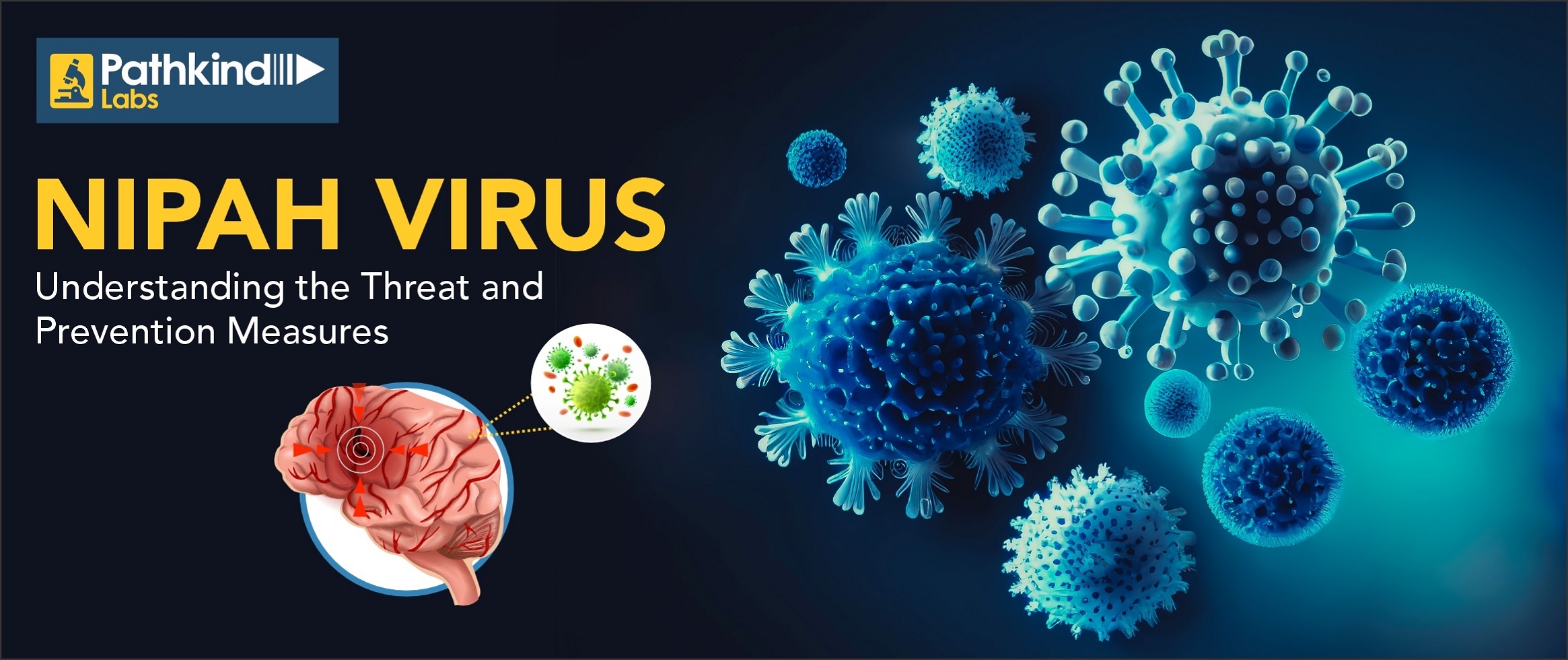
We’ll confirm your booking shortly!
Please provide your number to receive updates.
Enter the 6-digit verification code we just sent you to through SMS. Change Mobile

In recent years, emerging infectious diseases have become a pressing global concern. One such virus that has garnered attention is the Nipah virus. Originating from bats, this zoonotic virus poses a significant threat to both human and animal populations. In this blog, we will delve into the intricacies of the Nipah virus, including its history, transmission, symptoms, and most importantly, prevention measures.
1. A Brief History of Nipah Virus:
2. Transmission and Reservoirs:

3. Symptoms and Clinical Presentation:
4. Preventive Measures:
5. Community Education and Awareness:
The Nipah virus is a stark reminder of the ongoing threat of emerging infectious diseases. By understanding its transmission patterns and clinical presentation, and implementing effective preventive measures, we can work towards minimizing the impact of future outbreaks. It is imperative that governments, healthcare professionals, and communities worldwide collaborate to strengthen surveillance systems and be prepared to respond swiftly in the face of emerging threats like the Nipah virus.
Discover precision diagnostics with Pathkind Labs, a trusted name in diagnostic services in India. Our NABL accredited labs, equipped with advanced technology, are staffed by a certified team of over 200+ senior pathologists and 2000+ technicians. From tailored health check-ups to specialized tests in Oncology, Neurology, Gynaecology, Nephrology, and more, we've got your health covered. Skip the hassle with online booking for tests or check-ups, available for both lab visits and at-home blood collection. For a seamless experience and early detection, choose Pathkind Labs in Gurugram. Book your appointment today and experience diagnostics made easy.
© 2025 Pathkind Diagnostics Pvt. Ltd. All Rights Reserved | Unsubscribe
